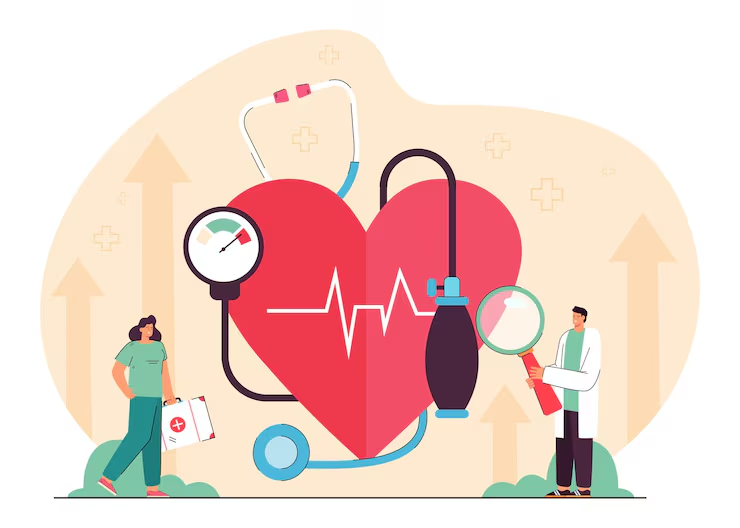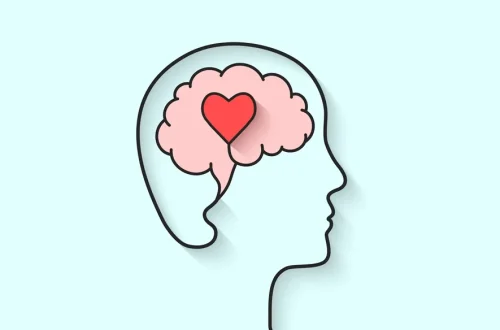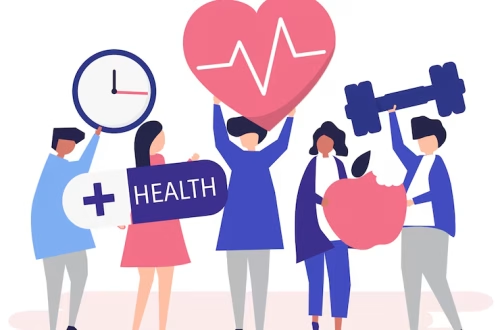In our hyper-connected world, the relationship between technology and mental well-being is a complex and often double-edged sword. While the pressures of social media and the “always-on” nature of our digital lives can contribute to anxiety and stress, technology is also emerging as a powerful tool for supporting mental health.
The rise of digital mental health platforms, from meditation apps and mood trackers to online therapy services, is providing individuals with more accessible and convenient ways to manage their mental well-being. These tools can help to reduce the stigma associated with seeking help for mental health issues and provide support to those who may not have access to traditional forms of care. As we continue to navigate the complexities of the digital age, it is crucial to foster a culture of digital literacy and responsible technology use, ensuring that we are harnessing the power of technology to support, rather than detract from, our mental health.
The impact of digital technology on mental health is multifaceted, with both positive and negative effects that vary significantly among individuals and contexts. Social media platforms, while connecting people across distances and enabling communities to form around shared interests, can also contribute to feelings of inadequacy, anxiety, and depression through social comparison and the pressure to present a curated version of one’s life. The constant notifications and information overload of modern digital life can create a state of chronic distraction and stress, making it difficult for individuals to engage in deep thinking or find moments of mental respite.
Digital mental health interventions (DMHIs) represent a rapidly growing field that leverages technology to deliver evidence-based mental health support. Mobile apps for mindfulness and meditation, such as Headspace and Calm, have made these practices more accessible to millions of users worldwide. Cognitive behavioral therapy (CBT) programs delivered through digital platforms have shown efficacy in treating conditions such as depression and anxiety, providing scalable solutions for mental health support. Chatbots powered by artificial intelligence are being used to provide initial mental health screening and support, offering immediate assistance to individuals in crisis.
Online therapy platforms and telepsychiatry services are breaking down traditional barriers to mental health care, including geographic limitations, scheduling constraints, and stigma. These services can provide access to mental health professionals for individuals in rural or underserved areas, those with mobility limitations, or people who prefer the comfort and privacy of their own homes. The asynchronous nature of some digital mental health tools allows users to engage with support resources at their convenience, accommodating diverse schedules and comfort levels with seeking help.
Wearable technology and mobile apps are enabling individuals to monitor and track various aspects of their mental well-being, from sleep patterns and physical activity to mood fluctuations and stress indicators. This self-monitoring can increase awareness of personal patterns and triggers, empowering individuals to take proactive steps to manage their mental health. However, the quantification of mental health metrics also raises concerns about the potential for increased anxiety related to constant self-monitoring and the risk of misinterpreting data without professional guidance.
The gamification of mental health interventions is making therapeutic techniques more engaging and accessible, particularly for younger populations. Mobile apps that incorporate game-like elements into mindfulness exercises, mood tracking, or cognitive training can increase user engagement and adherence to mental health practices. Virtual reality (VR) technologies are being used to create immersive therapeutic environments for treating phobias, PTSD, and other conditions, providing controlled exposure therapy in safe, customizable settings.
The ethical considerations surrounding digital mental health technologies are significant and require careful attention. Privacy and data security are paramount concerns, as mental health data is among the most sensitive personal information. The sale or sharing of mental health data with third parties raises serious ethical questions about consent and the commodification of psychological well-being. The effectiveness and evidence base for many digital mental health tools vary widely, and users may struggle to distinguish between evidence-based interventions and unproven or potentially harmful applications.
Digital literacy and responsible technology use are essential skills for navigating the intersection of mental health and technology. Teaching individuals to recognize when their technology use may be negatively impacting their well-being and providing strategies for healthy digital habits are important components of mental health education. The concept of “digital detox” and mindful technology use is gaining recognition as a way to maintain balance between the benefits and potential harms of constant connectivity. Organizations and institutions are beginning to implement policies and practices that promote healthy technology use in educational and workplace settings.
As we continue to navigate the digital age, the intersection of mental health and technology will require ongoing attention and adaptation. The development of more sophisticated AI-powered mental health tools holds promise for providing personalized support and early intervention, but also raises concerns about the replacement of human connection in mental health care. The integration of digital mental health tools with traditional care delivery models is creating hybrid approaches that combine the accessibility of technology with the empathy and expertise of human professionals. The future of digital mental health will depend on striking the right balance between leveraging technology’s potential to improve access and outcomes while preserving the essential human elements of mental health care and ensuring that technology serves to enhance rather than replace meaningful human connection.





